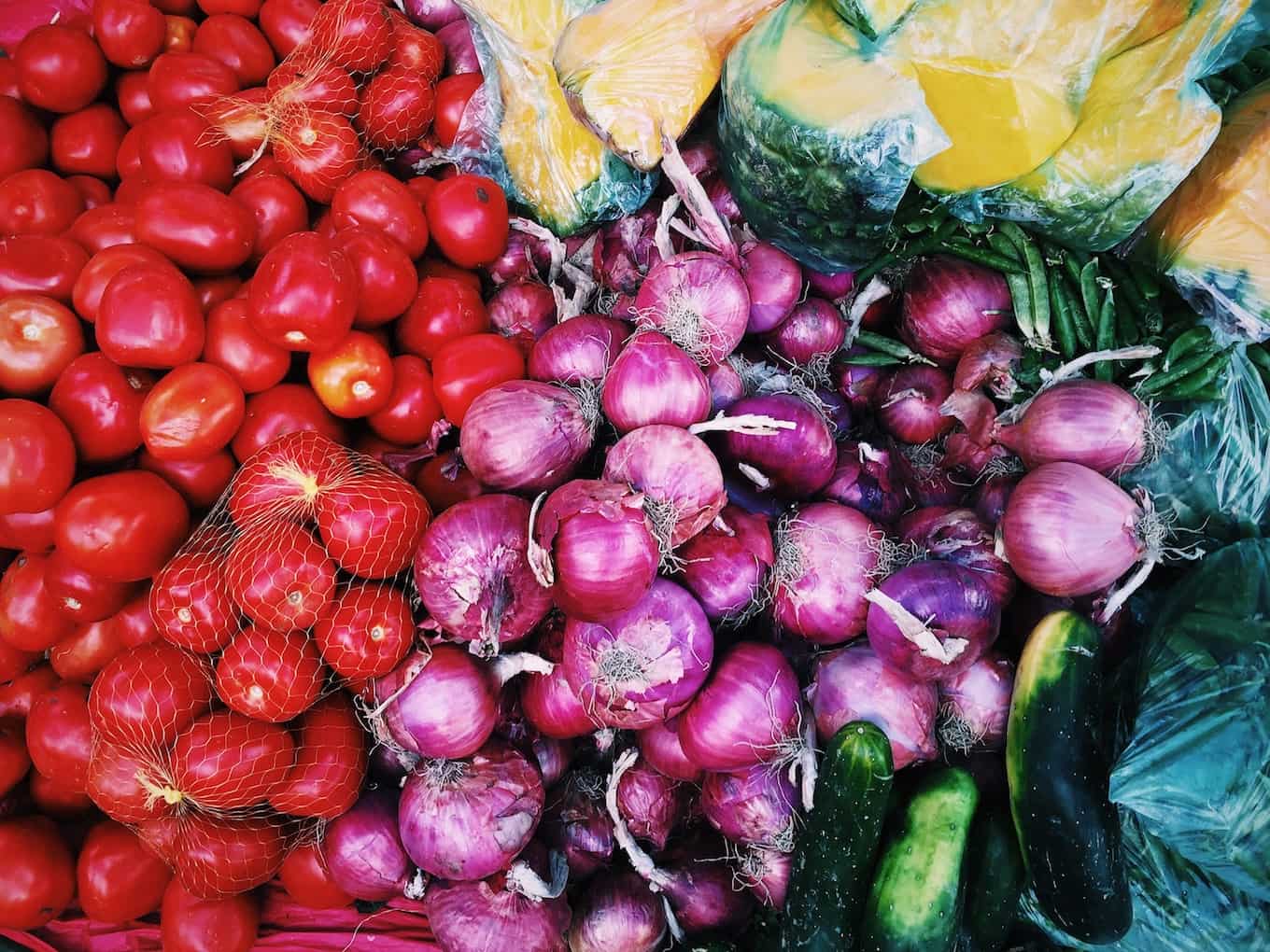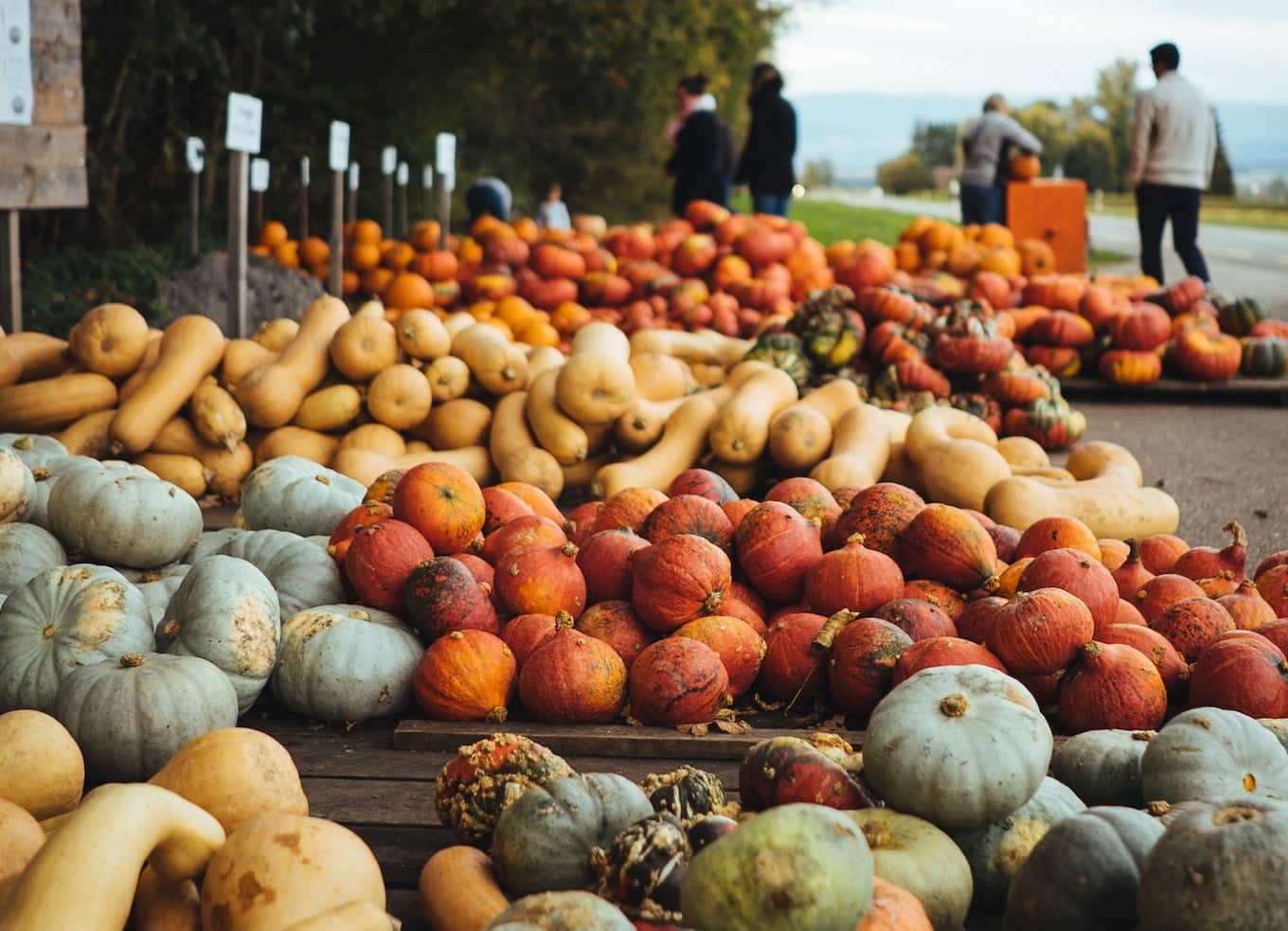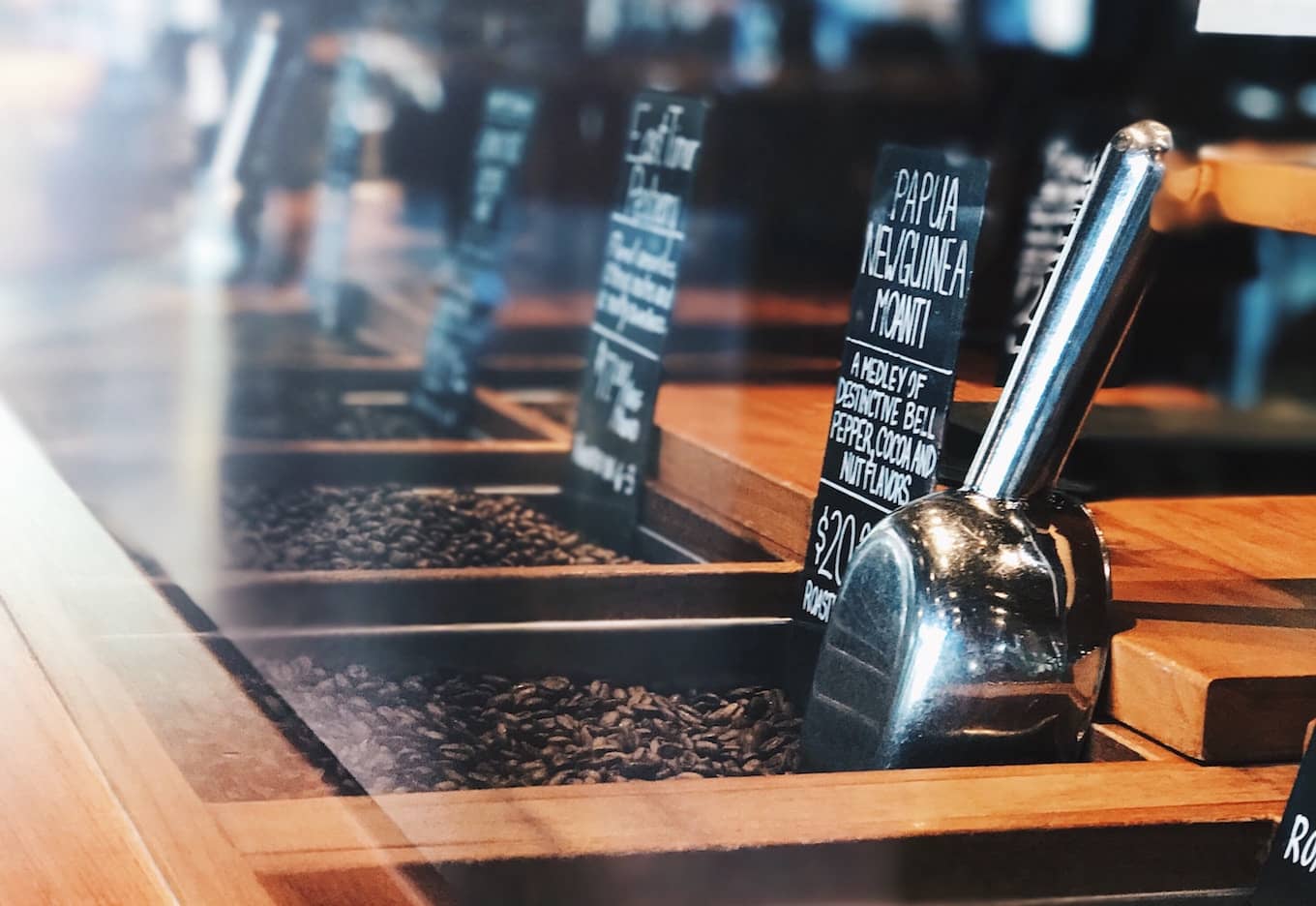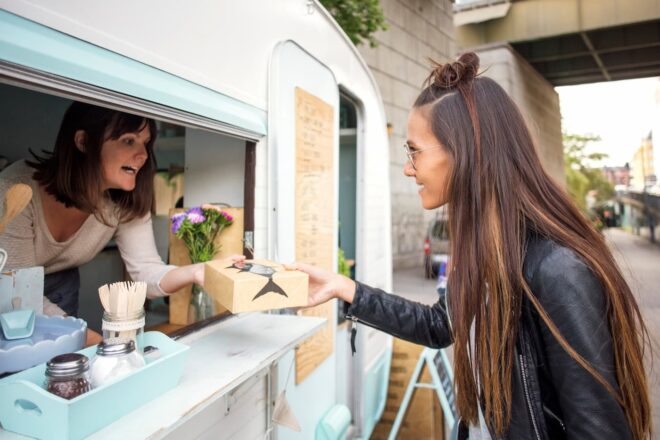Enterprise behavior: How to calculate your restaurant’s food costs
Editorial Team
7 min read
The dream of running a restaurant may include curating the perfect space for joyful gatherings and magical evenings of great food and drink, with you playing the gracious host, who just happens to profit off the whole happy affair.
But the reality of running a restaurant is more like living life in the eye of a storm. The daily barrage of customer demands, managing cooks and wait staff, mounting stress from the 24/7 nature of the job and staying ahead of the competition—all in an industry with thin margins.
There’s a lot to stay on top of in the pursuit of profitability. Perhaps you’ve relied on business techniques such as sales promotions, honing your marketing strategy, or nailing an effective advertising plan. These customer-facing methods can be helpful for boosting restaurant sales, but it’s also important to look within. It’s less splashy, but absolutely essential to the health of your restaurant.
Let’s focus on one critical component that can help make the difference between whether your restaurant thrives or shuts down—managing your food cost percentage.
Why is food cost important?
Whether you run a full-service restaurant or a quick-service establishment, your food cost percentage directly impacts your bottom line.
What is it? Simply put, it calculates the cost of your ingredients as a percentage of food sales.
Especially for restaurants operating on barely-there profits, any variation in the cost of your ingredients or mismanagement of inventory can deeply impact your margins.

How to calculate restaurant food cost percentage
Most restaurants work with a food cost percentage of roughly 20 to 30 percent. But the real comparison game you want to play is comparing your actual food cost with your ideal food cost.
Your ideal food cost will be different from your actual food cost because it won’t account for variances that occur in the real world, such as wasted inventory, serving inconsistent portions, theft and fluctuations in market prices. And that’s the point—this benchmark will help you identify where your actual food cost has gone astray.
1. Calculate your ideal food cost percentage
Here’s the food cost formula for calculating your ideal percentage.
Total cost of ingredients used in all plates ÷ total sales = Ideal food cost
So let’s break this formula down.
Total cost of ingredients used in all plates. You arrive at this number by calculating exactly what ingredients, and how much of each ingredient, goes into each menu item.
For the sake of simplicity, let’s say your restaurant is a food truck selling only chips and guacamole. An order of chips and guacamole would include the per-plate cost of the chips, avocado, onion, garlic, jalapeno, cilantro, salt and lime. Then you’d multiply this cost by the number of these items sold in this period. You can pull this information using Clover reporting.
And if you’re operating a restaurant with a full menu, you would do this for every menu item and add everything up for your total cost of ingredients used in all plates.
Total sales. Multiply the sales prices of each dish by the number of each dish sold.
If we look simply at the chips and guacamole food truck example, the ideal food cost is calculated as follows:
Per-plate cost of ingredients for chips and guacamole: $1
Number of units sold this week: 100
Cost of ingredients: $1 x 100 = $100
Per-plate sales price for chips and guacamole: $4
Number of units sold this week: 100
Food sales: $4 x 100 = $400
Total cost of ingredients used in all plates ÷ total food sales = Ideal food costs
100 ÷ 400 = 0.25
Your ideal food cost percentage is 25%.
Doing this calculation manually for your entire menu is cumbersome, but with the right inventory and sales software, you can run this food cost formula quickly and automatically.
2. Calculate actual food cost
Now it’s time to calculate your actual food cost percentage.
You’ll use this formula:
(Beginning inventory + Purchases – Ending inventory) ÷ Food sales = Actual food cost
Let’s stick to the same one week time period. Again, let’s break this formula down.
Beginning inventory. At the start of the week you’ll calculate the total cost of all of your inventory.
Purchases. Calculate the cost of all new inventory purchased that week.
Ending inventory. At the end of the week, calculate the cost of all of your remaining inventory
Food sales. At the end of the week, add up your total food sales generated during this period.
Going back to our chips and guacamole food truck example, let’s say we came up with the following numbers:
Beginning inventory: $60
Purchases: $80
Ending Inventory: $20
Food sales: $400
(Beginning inventory + Purchases – Ending inventory) ÷ Food sales = Actual food cost
($60 + $80 – $20) ÷ $400
$120 ÷ $400 = 0.30
Your actual food cost percentage is 30%.
3. Compare actual cost vs. ideal cost
Now that you have both your ideal cost and actual cost figures, compare the two. Using our chips and guacamole food truck example, there’s a discrepancy. Our ideal food cost percentage is 25%, compared with our actual food cost percentage of 30%, which tells us that something is amiss, and gives us reason to investigate further.
4. Investigate discrepancies
Many reasons could explain the actual vs. ideal cost discrepancy and each has its own solution.
- You may discover that there’s been a change in the cost of certain ingredients. Consider updating the price of your menu items to account for this increase. Buying seasonal items can also help reign in your costs. This may prompt you to redesign your menu and the ingredients you use on a seasonal basis.
- If you realize that employees are dishing up inconsistent portions, perhaps additional employee training and an emphasis on proper measurements is in order.
- And of course, if your investigation leads you to discover employee theft, you know what to do.
- Pay attention to the dishes that come back to the kitchen at the end of the meal. If there is still a lot of food remaining on the plate, this is wasted inventory. Reduce your portion sizes.
- Use Insights to see which menu items sell and which do not. Consider removing items that aren’t selling.
Importance of food cost percentage
Knowing how to calculate restaurant food cost percentage isn’t just a theoretical exercise. If what you charge for menu items is less than what it costs to prepare them, this could have a negative impact on your business. The more diverse your menu becomes, the harder it may be to identify where trouble spots might exist.
At the end of the day, having these two calculations offers you critical insight into your restaurant’s profitability and can help you pinpoint exactly where you can improve. The more accurate your calculations are, the easier it is to implement food cost control mechanisms to help protect margins and increase sales.
As a restaurant owner, your work is nonstop as you juggle managing employees, keeping customers happy, and implementing strategies to expand your business.
But remember that despite the nonstop activity on the restaurant floor, it’s crucial that you take time to pause and examine what’s happening behind the scenes. By keeping an eye on your inventory and food cost metrics and making adjustments to prices, portions, and other factors based on the numbers you see, you’ll be on your way toward increased profitability.
To learn about other ways in which using the right POS system can help make your restaurant more efficient, streamlined, and profitable – request a free demo with Clover today.
Disclaimer: This information is provided for informational purposes only and should not be construed as legal, financial, or tax advice. Readers should contact their attorneys, financial advisors, or tax professionals to obtain advice with respect to any particular matter.
Related Posts
5 best restaurant payroll software
Quick Service Restaurants (QSR)
5 reasons Clover is a best-fit POS for food trucks
Popular Topics
Stay in touch
Sign up and learn more about Clover.
Thank you for your subscription!
More posts about starting a small business
eBook








